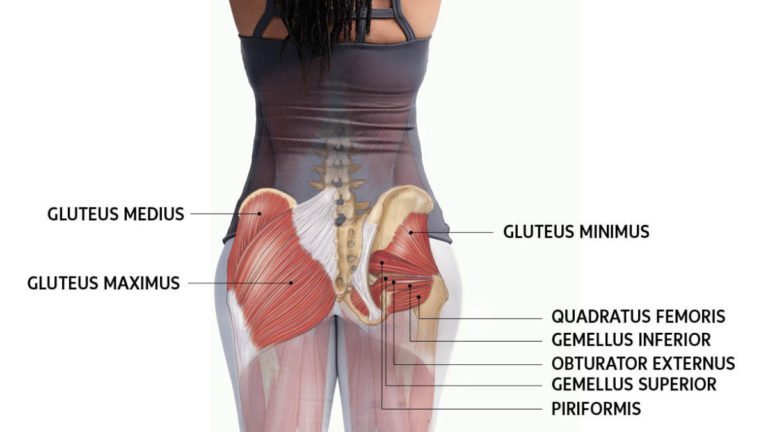There is a lot of conflicting information out there about glute exercises, especially as social media continues to rise in popularity. I’m often reading girls’ posts all over social media promoting “super heavy” glute exercises to build strength. While I am a firm believer in resistance training, the truth is, heavier is not always better.
Glute Exercises and Sitting
In today’s society, we sit OFTEN. Whether at work, home, or on our phones, sitting turns the glutes off. What happens when a muscle turns off? Simply put, it does not activate. When we sit, we teach our glutes not to activate. When we go to exercise, the glutes are the LAST muscle to turn on because of this. So, if you begin a heavy glute exercise
program that only focuses on increasing weights, your stronger muscles will work, leaving the weaker ones (a.k.a. the glutes) to the wayside , thus seeing no progress.
Glute Exercises and Isolation
Women are especially quad dominant. The heavier we lift, the more we use the quads and the less we use the glutes. The key is focusing on glute exercises that teach isolation and activation. This is the very principle that BÜNDA is based on. Incorporating isolation exercises will help you use your glutes during any exercise you do.
The hip thruster is my absolute favorite move to do for the glutes; it should be a central component of any glute workout. However, it took me YEARS to fire my glutes from an elevated position. Im at the point where I can add a lot of weight to my hip thruster, but like I mentioned it took me years. I stuck to floor bridges for so long to teach my glutes to fire better. I still re visit the floor bridge weekly. Even when we teach our glutes to fire properly, it’s so important to continue to revisit those activation and isolation exercises.
Learn more About our Classes in West Hollywood!
Glute Muscle Groups Breakdown

Image reference: Yoga Journal
There are 3 muscles that makeup the entire glute musculature. The Glute Max is the largest and most well-known of the 3. When we lift heavy, and even when we teach our glutes to fire properly, the glute max will take over. The smaller muscles, the glute minimums and the glute medius, are very important to strengthen as well. Not only do the smaller muscles play a big role in toning and lifting the glutes, but they also stabilize the lower back and the knee. This will provide you with a lot of longevity out of your joints. The BÜNDA program is a glute workout with the perfect blend of larger compound movements, and smaller isolation/activation movements to bring you your strongest booty ever!


